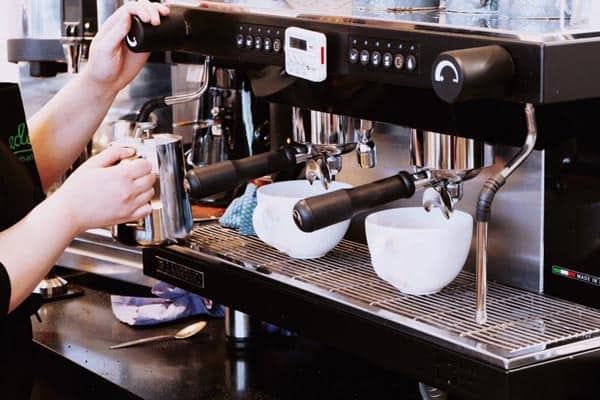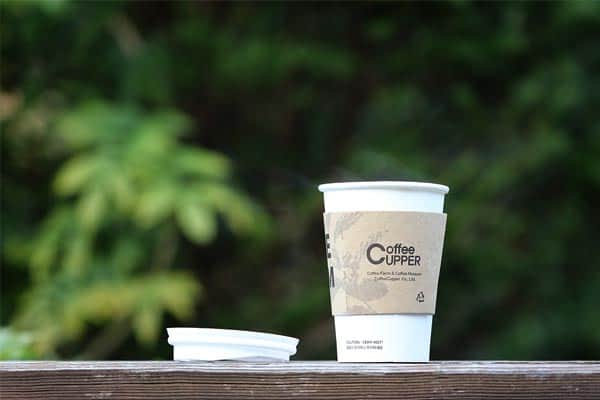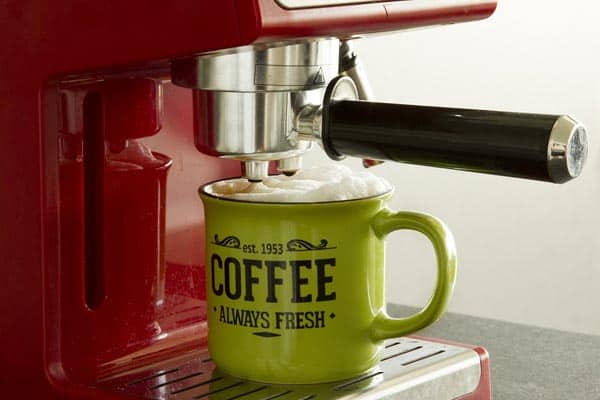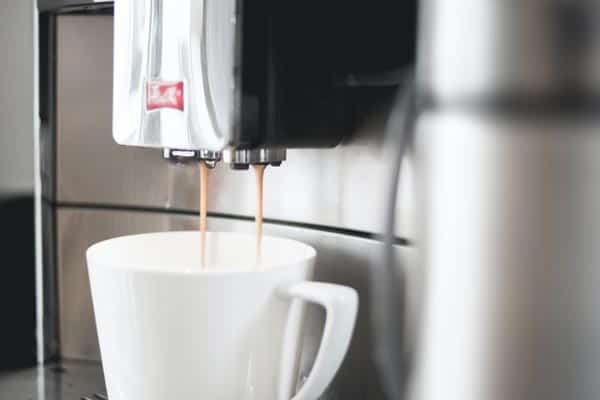Can You Make Coffee with Milk Instead of Water?
When you consider the array of coffee-based drinks available to you, there seems to be a common denominator that binds all drinks besides black coffee, and that is milk.
Milk is one of the most common additions to coffee because it helps reduce the bitterness of the coffee while giving it a creamy texture.
So, can you use milk instead of coffee to brew your coffee?
Yes, it’s possible to brew coffee with milk instead of water, but it’s not always a good idea. Making coffee with milk over water will give you a weaker cup of coffee, and you can end up with curdled milk clogging your coffee maker.
If you want to make coffee with milk instead of water, the best option you have is to slowly warm your milk up in a french press before adding it to your coffee.
Even though this answer can seem daunting, it’s worth it for people who love a velvet, creamy texture to their coffee.
You should understand the step before you commit to trying to brew your coffee with milk instead of water, though. To give you a good understanding of the process, we’ve outlined it for you below.
Brewing Coffee with Milk – The Process
While this is something you most likely won’t take on regularly, we recommend trying it at least one time to see if you prefer brewing your coffee with milk or if you prefer to add it in after you brew the coffee with water.
The following simple steps will help you brew coffee with milk instead of the traditional water.
Start by Heating Your Milk
The best temperatures to brew your coffee hover between 190 and 205-degrees Fahrenheit.
However, milk is very easy to burn or curdle at this temperature because it contains fat and sugars in the makeup.
There are two main ways that you can heat the milk to the correct temperature without scorching or curdling it.
First, you can heat the milk by putting it in your microwave in a Pyrex like you would if you made hot chocolate.
Remove it and stir it every 20 to 40 seconds to stop it from curdling. You can also pour it into a saucepan on low and stir it constantly as it heats.
The goal of either of these methods is to go steady and slow when you increase the heat so that it won’t distort or disrupt the milk’s contents.
You do this because you want your coffee to be silky and smooth without any icky chunks because this would be unpalatable.
Brewing Your Coffee
Many people report that they have trouble correctly heating up the milk, but we found that brewing the coffee was actually the most challenging part of this process.
Milk tends to cool down more rapidly while steeping slower than normal brews. So, you want to consider using a french press to strike the correct balance.
When your milk finally hits the correct temperature range without scorching or curdling, you can add it right into your french press.
The normal time you’ll steep your coffee in this type of coffee maker is four minutes. If possible, we suggest increasing the number of coffee grounds while steeping for slightly less time than four minutes because your milk will start to cool down quickly.
Once you finish steeping your mix, you should pour it right away to enjoy it because it’ll cool down significantly during the brewing process.
It also has a much shorter lifespan than traditionally brewed coffee with water, so you want to make only as much as you can drink in one sitting or risk it getting too cold to enjoy.
Coffee Ground Amount to Use
Knowing how many coffee grounds you should use to make milk-brewed coffee can be challenging the first few times you do it.
Milk is different from water, so you might not get your desired flavor profile by using the same amount of coffee grounds as you would when you brew with water.
You also have to make a note of the different brands of milk because each one has a different fat content, so it’ll be trial and error until you get it right.
Milk can also remove a lot of the traditional coffee flavor and bitterness from your drink.
If you want to keep this classic coffee flavor, you should use a dark roast or an espresso roast or consider doubling the typical amount of grounds you usually use to make water-brewed coffee. If you’re sensitive to caffeine, be careful doing this.
We found that this process is better when you use a darker roast because it has less caffeine while helping bring the coffee flavor to the drink.
When you use more grounds with milk, you can choose a dark roast, so adding more grounds won’t be as large of an issue.
You also won’t have to worry about caffeine as much, but you’ll get that robust coffee flavor at the same time.
Why Use a French Press?
When you first attempt to brew coffee with milk, you could only have a regular coffee machine ready to use. One common machine would be a drip coffee machine, pour-over, or a single-cup maker.
While you may want to use one of these machines, we advise against it because they come designed to use with water and nothing else.
If you decide to use one of these machines to brew coffee while substituting water with milk, it can be more hassle than it’s worth.
Milk has a higher amount of calcium in it, and this calcium can create deposits inside your machine that will clog the machine.
If you’ve ever had issues with hard water clogging your machine, this is mostly due to calcium building up, so cleaning the machine with water could easily lead to larger clogs or a ruined machine.
To top this off, cleaning your machine after you run hot milk through it would be almost impossible to get the residue out, and this could ruin future endeavors.
So, if you were to try to brew coffee with milk in a regular machine, clean it, and then try to brew coffee with water, you most likely would never get the same results as you had before you ran milk through it without intensive cleaning.
Using a pour-over coffee machine can lead to filtration issues where your milk gets stuck or takes a very long time to get through.
At this point, you’d end up with a cup full of filtered but cold milk that sounds nowhere near as appetizing as a hot cup of coffee.
This leaves the ability to use a french press coffee machine with milk instead of the usual water. A french press isn’t the only possibility you have, but it’s one of the easiest ones.
You could make a drink very similar to cowboy coffee before filtering it with a strainer, but this can lead to a long cleanup process.
Using milk in a french press will require you to be both mindful and careful of the differences between using milk and water.
The goal is to brew your coffee as quickly as you can while still being effective. You’ll also have to clean the machine very well after you finish to avoid having problems when you want to use it again.
Bottom Line
You can make coffee with milk instead of water if you have more time to dedicate to it, and you want to have a french press-style coffee maker instead of a traditional one.
It’s a trial-and-error process to get it right, but you’ll get a creamy, velvety texture to your coffee that is a nice change from water-brewed coffee beverages.






